Snyder Cut review: 'Justice League' redemption
Saga of making Snyder cut is a hero's monomyth in a film about the monomyth of several heroes, writes Fasi Zaka
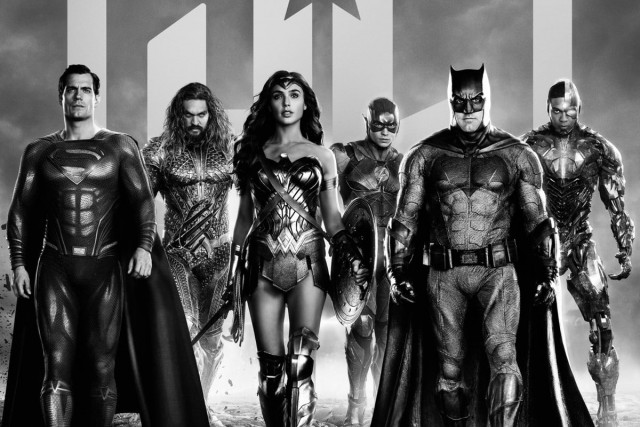
Comic book geekdom elevated Zack Snyder to sainthood through the nerd papacy. And this ardent reverence is likely to stay for some time – partly because the making of Zack Snyder’s Justice League gave the people a comic book storyline they can own, and also because it makes them the heroes.
It goes something like this: a committed or flawed film-maker is beset by a personal tragedy that takes him away from his work, another hero (Joss Whedon) comes in courageously to take his place – but unbeknownst to most, he is the villain in disguise.
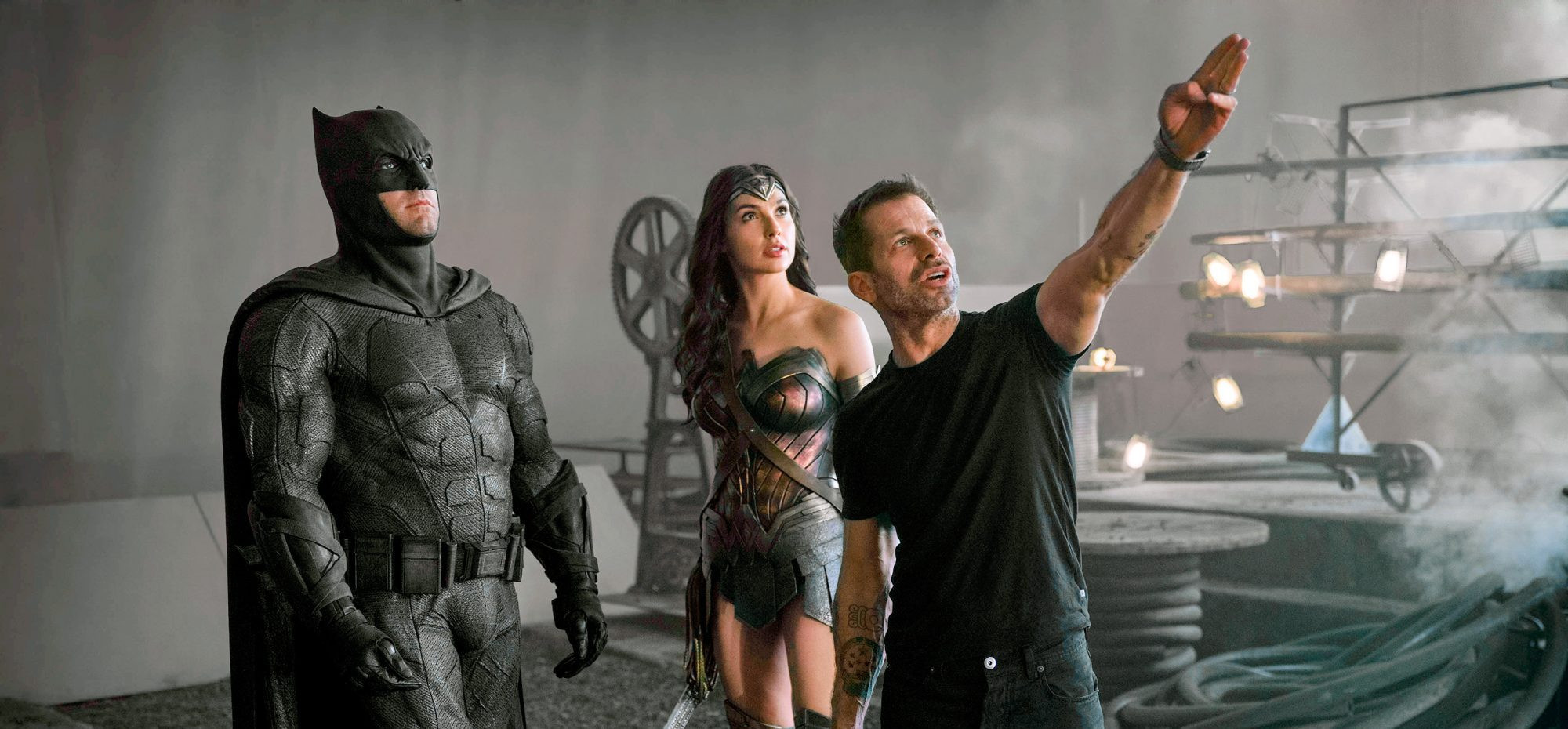
The disguised villain does his best to erase the good work of the felled hero, but the people rise up and bring back the hero from his self-imposed exile. The returned hero is triumphant in his quest, delivering to the people what they want most: his original vision for the Justice League film. The saga of making Zack Snyder’s Justice League is a hero’s monomyth in a film about the monomyth of several heroes.
The film is long, yes, and for the most part the pacing is bearable, except in some segments. The added length has been put to good use, the exposition on the backstories of the heroes is enriching.
While much has been made of the role of Ray Fisher’s Cyborg in this film, fueled partly because of the off-screen controversy running about Whedon and others, the real beneficiary of the added screen time is the big bad of the film, Steppenwolf. In the Whedonverse, Steppenwolf is like a Saturday morning cartoon villain, the Skeletor of the original 80s He-Man. He was bad because he was bad, and you could tell he was bad because he looked like he was the bad guy.

The new and improved Steppenwolf is a tragic figure, bad yes, but weighed down by an impossible task bourne of his own failure and treachery. At least now, he is not a CGI device used to direct the spectacle of battle. Not all the changes are good though, Arthur C. Clarke’s line “Any sufficiently advanced technology is indistinguishable from magic” is used in this film, much like in an earlier Thor film. When used by Thor in MCEU it was refreshing, now, in just its second outing, the line is showing its age.
But while there are many parts of the film with emotional resonance – I would argue its most affecting scene is in the beginning with a wave of Superman’s dying cry. It’s hard to suspend belief that an indestructible being like Superman can be killed, but this element helps create a pathos that sets the tone for the film to come, its motivation and its urgency. For me at least, this opening was genius – it immediately announces this is not Whedon’s film.
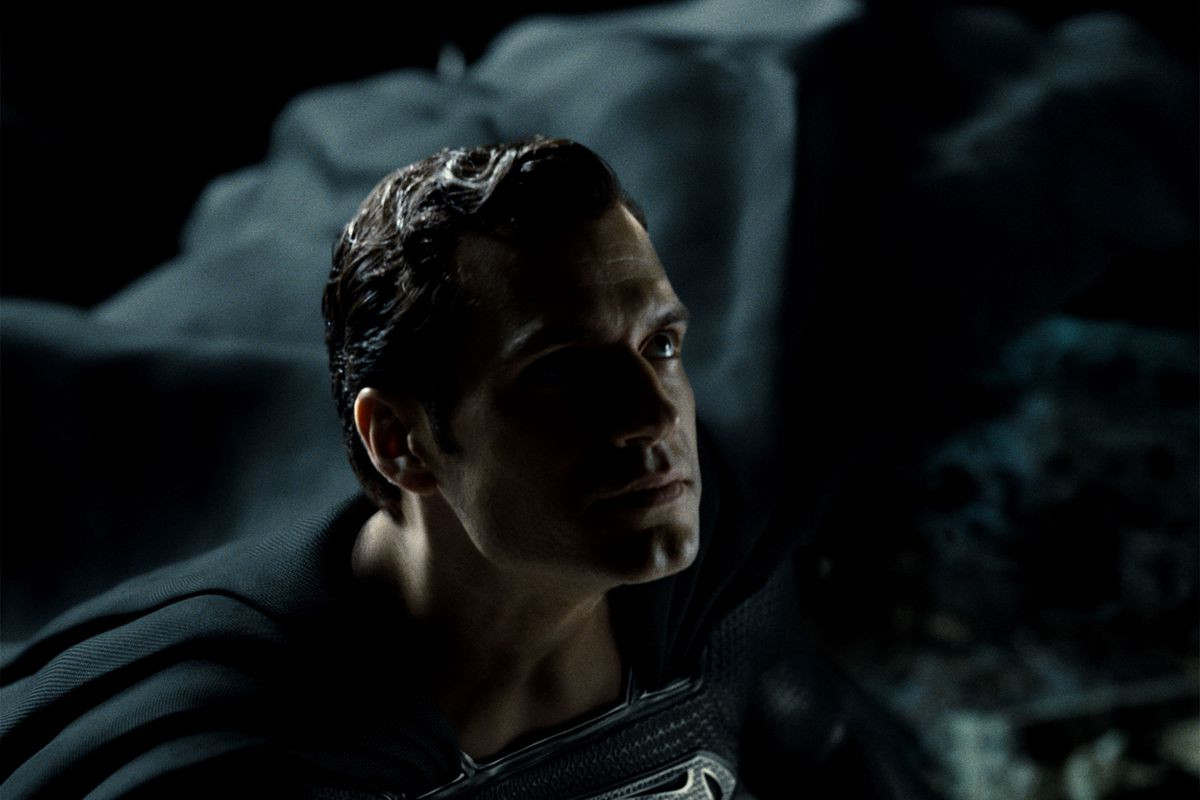
Perhaps in Zach Snyder’s Justice League there is one element of Whedon’s film that should have stayed, the scene where Aquaman is inadvertently sitting on Wonder Woman’s Lasso – it was genuinely funny, and in a film devoid of real emotion, it seemed authentic by revealing the inner monologue of one of the more traditional frat boys.
What’s also been fixed is the plot holes in the previous film: how Batman can repel laser blasts with his hand is explained well, and the scenes where Superman shows a determination, brute force and sheer anger that justify the fear that fueled the actions of Batman in Batman vs. Superman.
In the run-up to the release of Zach Snyder’s Justice League, the first two teasers that were released were ominous about the quality of the forthcoming film. The only thing separating the two was the colour treatment. Then a third was released with a different aspect ratio. It looked like Snyder was approaching the film from the lens of a DoP, not a director.
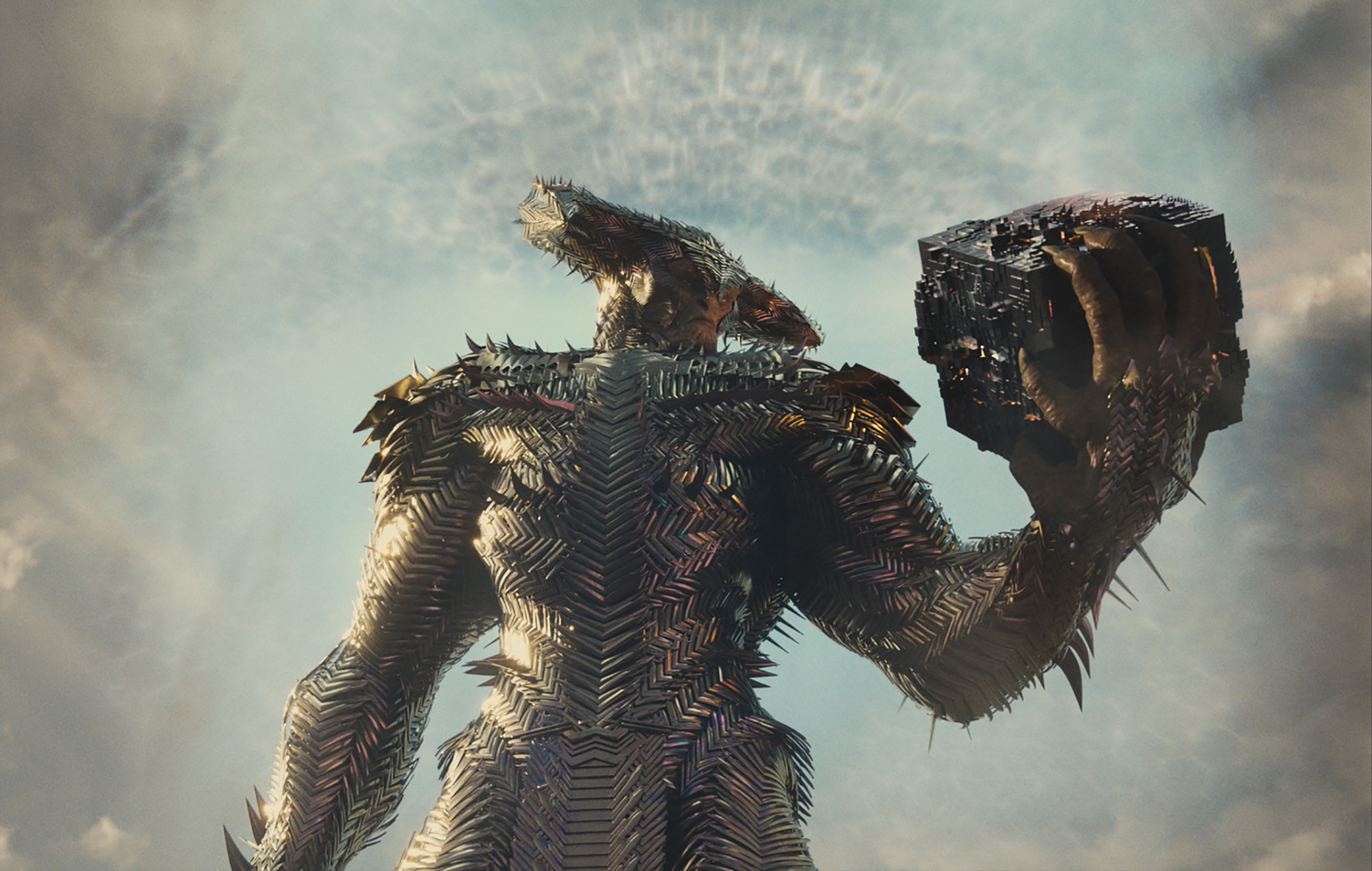
If anything, those subpar teasers helped this film, because the anticipation was so sky-high that it moderated expectations so the director could exceed them. This remaking of the Justice League has rehabilitated Snyder’s reputation damaged by some of the script choices he made in the previous films leading up to the team-up, and Whedon, brought in as a jobber who got carried away, has sullen his reputation which was further pilloried by reports of his on-set behaviour.
I would really recommend it if you have seen neither of the films, watch both. It’s a masterclass in filmmaking – you will get to see two competing visions by storied filmmakers, understand the character choices they made, even get a chance to evaluate what effect the design of the villain has on how we perceive him.
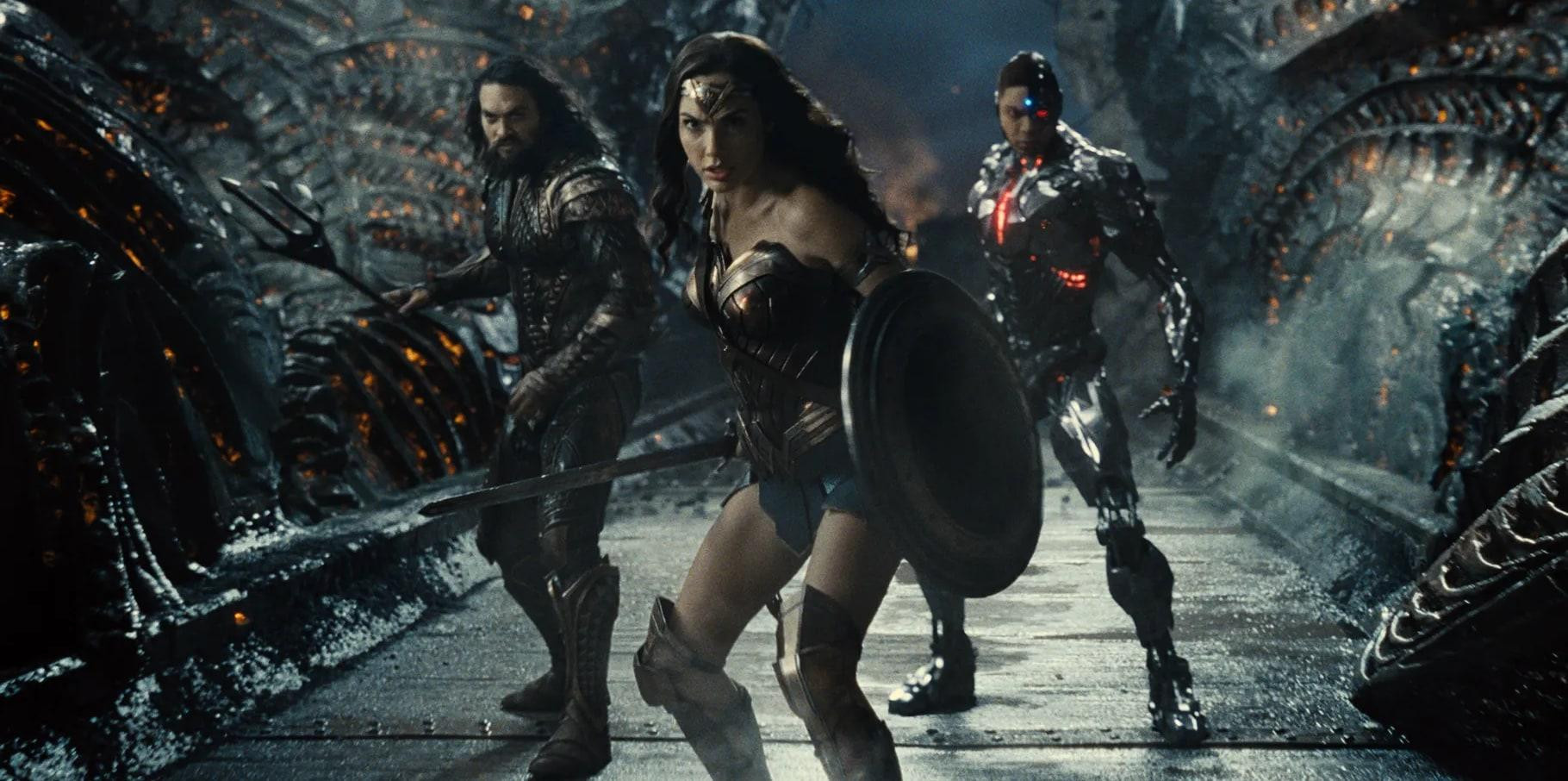
The tonal shifts between the Whedonverse and Snyderverse are fascinating to mull over. The end credits scene of the Batman with the Joker evokes slivers of Heat with Deniro and Pacino – all snippets teasing a future that won’t be with the restored version of the Justice League since it is not cannon.
If nothing – one will learn that film-making technology has come a long way with watching these two versions of the same characters. Film technology allows us to see different worlds, the past, the future, alien landscapes, with literally nothing in the way of bringing our imaginations to the screen. Except if you want to remove a moustache.
Fasi Zaka writes on politics and culture for the press.

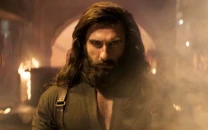

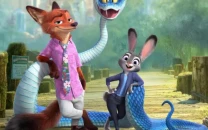
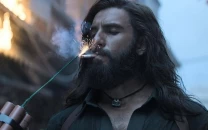
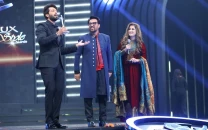
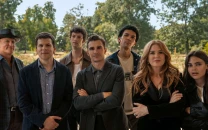





1726134115-0/BeFunk_-(41)1726134115-0-208x130.webp)






COMMENTS
Comments are moderated and generally will be posted if they are on-topic and not abusive.
For more information, please see our Comments FAQ